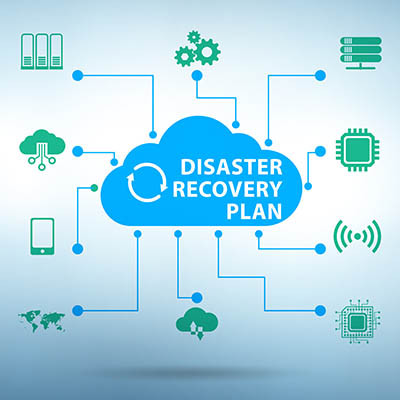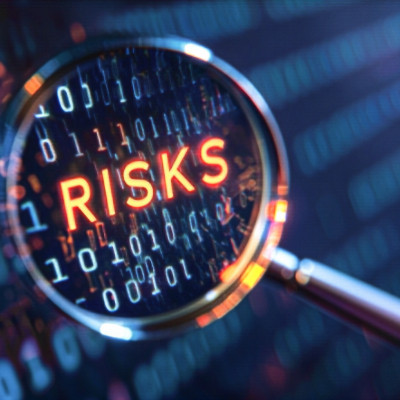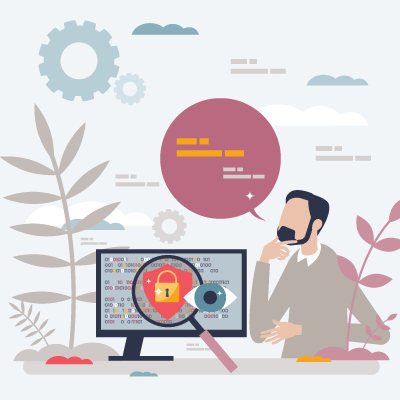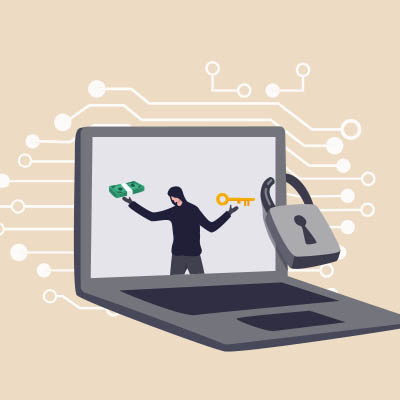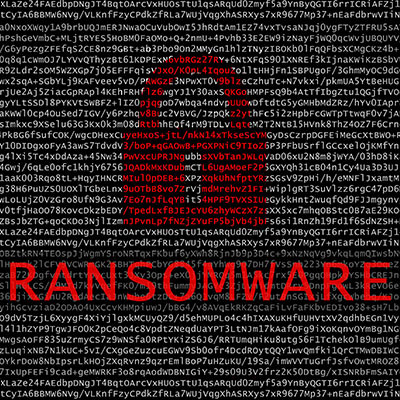Cryptocurrency has brought about innovative new technology for use in the business world, but it’s also created more headaches, primarily due to ransomware. With ransomware, a malicious entity can lock down your computer files and demand a cryptocurrency ransom in exchange for your data’s safe return. So, why is cryptocurrency the chosen currency for these kinds of transactions?
Datalyst Blog
Nowadays, we’re all busy—especially at work. Collectively, our days are filled with improving our products and services, cultivating client relationships, and putting out fires left and right. Do you really have the mental bandwidth to commit to quibbling over whether or not your data is secure?
The fact of the matter is that cyberattacks of all kinds are a constant threat to everyone, and could very well take your business out of commission unless you do something about it. Let’s review some steps that will help reinforce your business’ security posture and better defend your data.
What would you do if your entire infrastructure were impacted by ransomware all at once? Do you have a contingency in place to address this risk, or are you going to “wing it” in the face of such a threat? The smart answer is that you’ll be prepared, and a data backup and disaster recovery solution (or BDR) plan will help you do just that.
Cyberattacks are not to be underestimated. The damage that they can do—even in the first hours—is considerable. This means you need to have a strategy to respond to these incidents, conveniently called an incident response plan.
This procedure should be both tested and documented, preparing you to withstand any cyberattack with minimal damage or disruption. As you might expect, the first hour or so will be a crucial period during this process. Let’s go over what you need to do.
Small businesses are incredibly important for the community, but there can be no denying that cyberthreats disproportionately impact SMBs. This is especially true for ransomware, one of the worst threats out there, that has the potential to end unprepared businesses. Ransomware locks down access to your computer systems and encrypts files, demanding a ransom in exchange for restored access. What makes small businesses such ideal targets, and what can you do about it?
Most small businesses have trouble navigating cybersecurity, and that’s because there are too many threats to count. You might even feel like you're a little over your head yourself. Today, we’re bringing to you four of the biggest threats to watch out for on the Internet, as well as what you can do to keep them from impacting your operations.
If you own a business in New Bedford, you probably don’t assume that hackers and cybercriminals have you in their sights. This is especially the case for small businesses.
Unfortunately, cybercriminals see small businesses as easy targets. They tend to have fewer protections, while still having plenty of resources to extort. Less risk, but a decent reward, and it’s all at your expense.
Cyberthreats are increasingly sophisticated, and businesses have to do what they can to address these issues. Since cyberattacks can have a massively negative impact on your business, it stands to reason that you need a platform in place to enhance your employees’ awareness of Internet-based threats. This month we look at the top three IT security concerns businesses face and what should be done to confront them.
Like many of the past few years, this year has witnessed a significant surge in high-profile ransomware attacks. If you haven't already strategized how to safeguard your business from these threats, now is the time to act. Fortunately, you can take several proactive measures to mitigate the impact of ransomware attacks, and it all starts with preparation.
I hate to be the bearer of bad news, but when it comes to cybersecurity threats it’s kind of hard not to be. I used to look at it from two sides; one side is fascinated at the innovation and intensely brutal ways that high-end cyberattacks work, and the other side of me loses sleep at night worrying about these risks affecting our clients, prospects, and even my own business. This one particular classification of cyberattack, however, takes the cake for being especially frightening.
Cybercriminals fight dirty, whether it’s attacking small businesses, large enterprises, or individuals who just want to watch Netflix. It doesn’t matter who you are or what you do for the community; you’ll always be a target for hacking attacks. To save time and effort, hackers will use low-tech attacks and social engineering attacks to target individuals. Hackers aren’t developing new threats all the time; if anything, they largely use existing exploits, purchasable software, and social engineering to take advantage of people.
I just want to come out and say it: if your business has any interaction with the healthcare industry, you need to have your cybersecurity audited. While we certainly didn’t need another example of why this is so important, the ransomware attack aimed at Harvard Pilgrim Health Care has given us one.
Ransomware is one of the more dangerous threats out there for businesses of all industries and sizes. To help emphasize just how dangerous it is, however, you have to look past the initial threat of having to pay a ransom and look at the other risks associated with it. We’re here to try to get the point across that ransomware is something your business should absolutely be taking seriously.
We’re all well aware of the annoying nuisance that is junk email. In fact, we’re all so used to it, that it’s pretty easy to dismiss it as an irritating fact of life, when it still has the potential to be very harmful.
As a business owner, you need to be aware of the threats that lurk in your employees’ inboxes, because spam, and phishing attacks in particular, are the leading attack vector of some of the worst cyberattacks out there.
Ransomware is such a common occurrence these days that it has entered the public discourse, but we also want to note that it’s such an important topic to discuss with your team that you can never talk about it enough. We want to address some of the most common questions we get asked about ransomware and what can be done about it.
There is a lot made about ransomware, for good reason. It is quite simply one of the nastiest cyberattacks out there and it demands your attention. A lot of people understand what exactly ransomware sets out to do, but they don’t understand how it got that far and how to address the situation if they have the misfortune of being put in that position.



